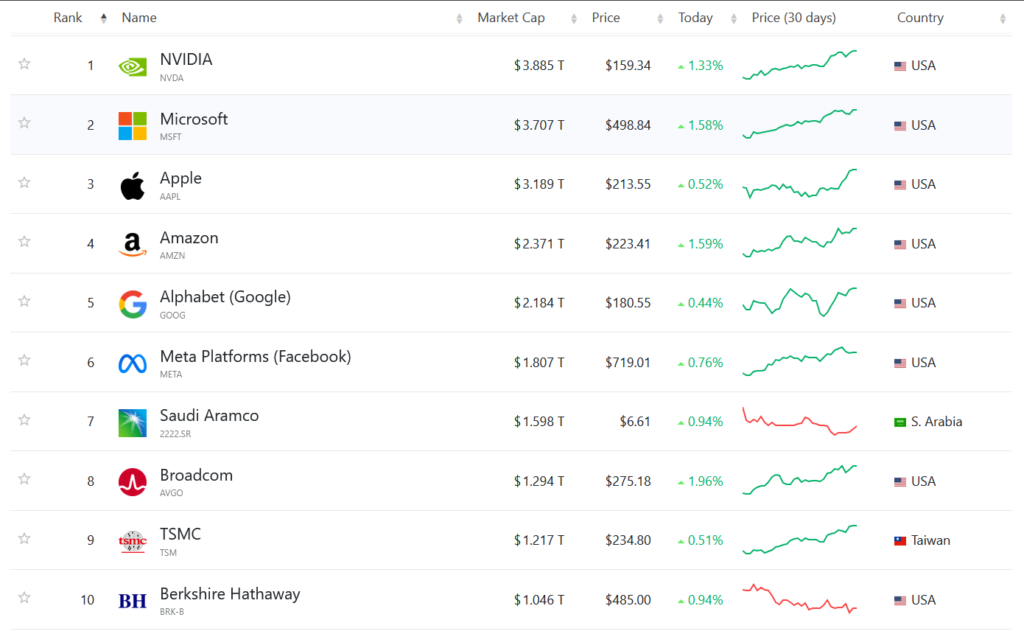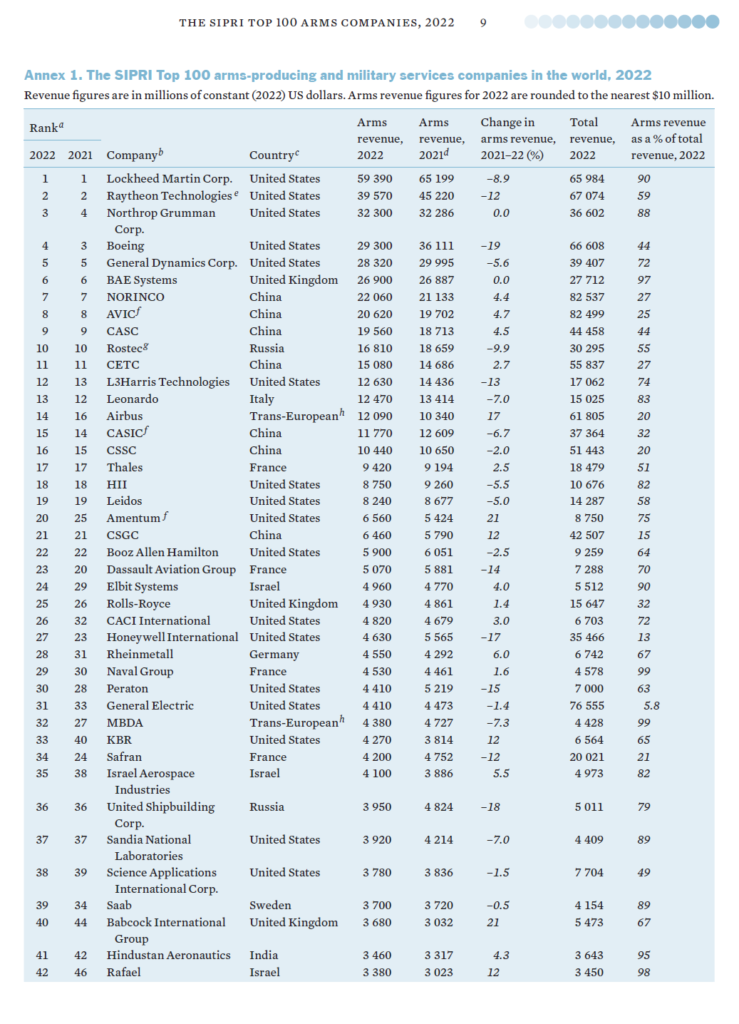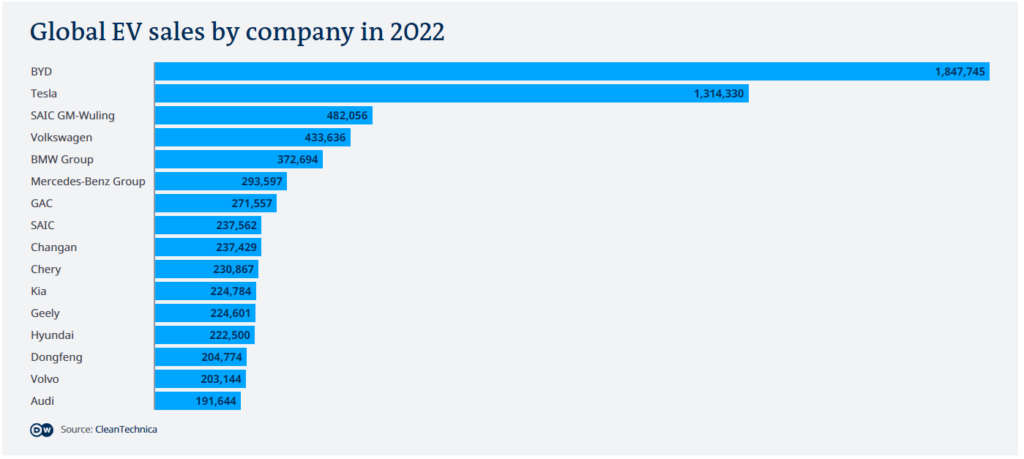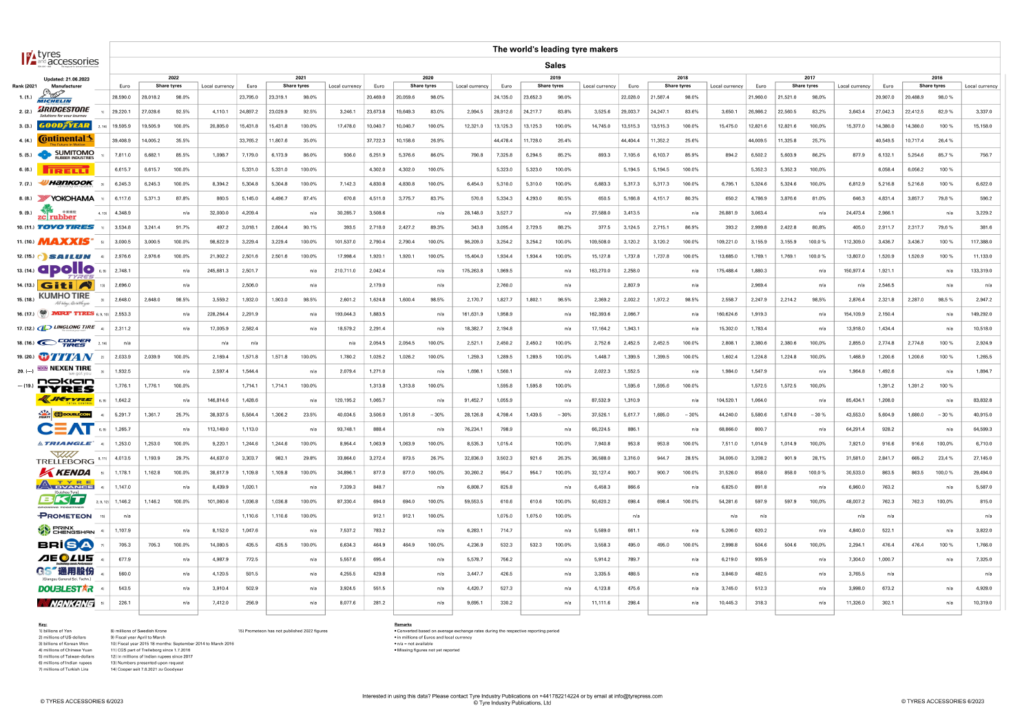Some of the companies in emerging countries are slowly moving up to become global multinationals by expanding in countries outside of their home market. As these companies gain technological know-how and look for ways to deploy excess capital it is only normal for them to try to imitate their developed world peers. Hence the once-dominant developed world multinationals are seeing their leadership position weakened and have to compete fiercely to maintain or expand market share in their respective industries.
As the global economic balance is projected to shift from West to East, some of the emerging companies from Asia can be expected to reach leadership positions and become truly global multinationals. In addition, some of the major companies Latin America and South Africa are also expanding their footprint in other countries and would rise up the ranks of global multinationals in the future.
One factor to consider is that many of the current global multinationals such as Procter & Gamble (PG), Coca Cola(KO), General Electric (GE), etc. were themselves emerging leaders in the past when the U.S. economy was an emerging market. Unlike the developed multinationals, today’s emerging market leaders are more innovative by developing products that are equivalent to and sometimes better than the ones offered by their developed world counterparts. Procter & Gamble (PG) is a classic example of a multinational which has not come up with a innovative product for many years now that is truly making people’s lives better. However it is still to able generate billions in sales from abroad due to effective marketing of its products and sometimes releasing “new products” by slightly modifying existing products. Similarly GE is another company operating on its past glory and has not released any new revolutionary product that makes people’s lives better. In fact, the GE of today is more of a financial services company making more earnings from lending money than from appliances or aircraft engines. Many of the other U.S. multinational companies such as International Business Machines Corporation (IBM),3M Company (MMM),Microsoft Corporation(MSFT),Hewlett-Packard Company (HPQ), etc. can also be critically analyzed this way as well.
Ten growing leaders from emerging countries are listed below:
| S.No. | Company | Country | Leadership details |
|---|---|---|---|
| 1 | Samsung Electronics | South Korea | The World's largest electronics company and a global leader in TV manufacturing |
| 2 | Cemex | Mexico | The World's largest building materials company with presence in more than 50 countries |
| 3 | HTC | Taiwan | Global leader in Smartphones. Though the company manufactures for others, it is now promoting its own brand worldwide. |
| 4 | SAB Miller | South Africa | One of the world's largest brewers with interests in six continents and owns more than 200 brands including the world's largest beer brand Snow in China. |
| 5 | Arcelik | Turkey | A leading appliances maker with strong presence in Europe. It also developed the world's quietest dishwasher and the most enegery efficient built-in ovens. |
| 6 | Vale | Brazil | Global leader in the production of iron ore and number two in nickel. |
| 7 | Tata Group | India | A leading conglomerate with over 90 companies across industries and owns premium brands such as Jaguar, Land Rover, Ritz-Carlton Hotels and Tetley Tea. |
| 8 | Modelo | Mexico | World leader in production and distribution of Corona beer in 159 countries.It also imports and distributes Anheuser-Busch Inbevs products and Chinese beer Tsingtao. |
| 9 | Marcopolo | Brazil | Dominates the coach building market in Brazil and exports its coahes to more than 60 countries. Through a joint venture with Tata Motors it plans to enter the Indian market. |
| 10 | Lenovo | China | One of the top four PC brands worldwide and holds a 30% market share in China. |
Relative to the developed multinationals emerging leaders like the ones listed above have plenty of potential for expansion globally. For example Samsung, Lenovo, HTC are already expanding their market share in the developed world by competing aggressively against the established giants. From an investment perspective, it is easier to gain exposure to these companies by investing in country-specific ETFs or emerging market region ETFs.
Related ETFs:
Vanguard MSCI Emerging Markets (VWO)
iShares MSCI Emerging Markets Index Fund (EEM)
iShares Emerging Markets Dividend Index Fund (DVYE)
SPDR S&P Emerging Markets Dividend ETF (EDIV)
Source: GLOBAL EMERGING MARKETS, Embracing change, Martin Currie Investment Management Limited, UK
Disclosure: No Positions



